Unravel is one of the more difficult games I’ve ever reviewed. The simple answer as to why is that it frustrated me as much as it charmed me. For example: right now, having finished the game mere minutes ago, I can say it was great and beautiful and yadda-yadda, but one hour ago I was stuck on a section of platforming and I would have told you it was annoying and just OK. And that’s the thing about Unravel, much like its yarn protagonist, there’s a lot of layers.
You play as Yarny, an adorable red figure (made of yarn obviously), with two white eyes. You start your game inside a home — after a fantastic-looking cutscene — and you move your way over to a cabinet with all sorts of everyday junk: books, boxes, and pictures. Each picture is a memory and comes with a title, and these are the levels you play through. Yarny advances through each memory, leaving a trail of yarn behind him that represents the love that binds a lifetime of memories. It’s a simple set-up and one that has the potential to be overly mushy, pretentious, or try too hard to pull heartstrings. It’s a testament to developer Coldwood that it never feels anything but honest.
The Exterior
From the moment Unravel was revealed, the gaming community fell in love with it. There was a variety of reasons for this. The unique platformer was bundled in amongst all of EA’s sports titles, Mirror’s Edge, and Mass Effect, and therefore stood out. The presenter (Creative Director Martin Sahlin) was visibly nervous on stage as he introduced the world to the adorable Yarny, thus endearing himself by not being a “suit.” And the art style is unique and fresh.
That’s the first thing you’ll notice about the game, it’s absolutely beautiful. The entirety of the game takes place in the foreground but the backgrounds are every bit as important, with much of the story-telling occurring there where it’s as painterly and pretty as what’s out front.
You’ll explore various locales, from your summer backyard, to rain and windswept construction sites. And whether you’re falling into a bed of leaves or trudging through snow that threatens to envelop Yarny, it all looks breathtaking. What makes it even better is that Yarny reacts to each situation accordingly. In the later stages of the game when he’s knee-deep in snow (does Yarny have knees?!) he has his arms wrapped around himself and is shivering.
Another example of this is at the beginning of an early level, where you navigate between trees in a sunny Autumn forest, Yarny will stand with his arms folded, completely at ease. Whereas in the dark polluted areas where tree’s are collapsing and the water is bright green, Yarny looks terrified, with hunched shoulders and winced eyes. These simple animations are incredibly effective at making Yarny a believable, relatable and lovable character.
The art design and Yarny are definitely the strongest weapons in Unravel‘s arsenal. The game never fails to look fantastic and encourage you to stop and take in the scenery. Unfortunately, you’ll also be stopping when you have no desire to.
The Interior
The gameplay is where Unravel really has me at odds. On one hand, it feels fantastic when you’re progressing through a level, using yarn like a lasso to swing over water, and quickly progressing through puzzles. But then there are the times when I got stuck on a puzzle for 20 minutes, and not because the game was hard. There were even times when I hit my couch in frustration.
One of the primary mechanics of Unravel is the amount of string Yarny has. You have to regularly find a spool of yarn, to keep progressing. This mechanic can be fun and add a level of tension to proceedings. However there were a number of occasions when I ran out of yarn mere inches from the next spool, and try as I might, Yarny just couldn’t reach. So I’d be forced to go back to the previous puzzle and solve it again in a more cost efficient manner. Some would argue that this encourages smarter puzzle solving but I can’t help but wonder why my way of solving the puzzle was any less acceptable. I solved the conundrum, so why force me to go back and solve it again in the “right” way.
There were definitely times when I’d spend 10+ minutes solving a platforming puzzle, only to discover that I didn’t have enough yarn to reach the next area. That isn’t fun. As for the platforming itself, it’s pretty good. It’s quite floaty but Yarny feels pretty much exactly like I thought he would. I would say playing Unravel feels like a nice mix between Journey and Limbo, which is certainly not a bad thing. The pacing of the platforming is fairly slow, with puzzles interspersed with some straightforward sections, and that works nicely.
Unravel works best when moving faster. One particular section in the game, titled ‘Winter Sun’, sees you blast through a snowy level using tree branches to swing between and climb — charmingly knocking snow off as you do so, rolling acorns downhill to make snowballs, riding downhill in wooden logs, and leaping between icy platforms that are collapsing. This level moves at a far faster pace than the others and that works in Unravel‘s favor.
Playing Unravel was divisive; I’d love it for a few minutes, then verge on hating it just a few seconds later. Sometimes I’d get stuck in a level, having no idea what I was supposed to do and where I was supposed to attach my yarn to. Or I simply ran out of yarn altogether. All-in-all though, it speaks volumes that I was always happy to come back to Unravel a few hours later, and I never considered not completing it.
Unravelling The Minutia
The final element of Unravel for us to inspect, is that of the plot. As I mentioned way back at the beginning of this review, Unravel could easily have fell into a far too gooey plot, with its hazy art-style, ethereal memories of people, and literal string of love. However Coldwood wisely avoided any use of voice whatsoever, and we see the entire story through the eyes of Yarny, which allows it to be as sickly sentimental as it is. It works because of Yarny.
The game begins with a cutscene of an elderly woman with a red ball of yarn. Then as the first few levels play out, you bear witness to a family vacation, a hiking trip, etc., and it reflects some great family memories in the life of the elderly woman. Then it takes a darker turn and showcases the industrialization of the woods they used to roam. This ultimately works as a way of stressing the negate impact of the deforestation. However, this particular element could have been used to more effect, as it doesn’t really impact the game or plot beyond a couple of levels. Without spoiling the latter half of the game, it quickly leaves behind the dark industrial levels and goes back to telling a personal family story, which feels a bit jarring.
The Verdict
Unravel is a beautiful game that works 70% of the time. In that 70%, Unravel is a thoroughly enjoyable platformer that tells a nice story, has something to say about industrialization, and boasts a really lovable protagonist. The other 30% of the time, it’s frustrating and unclear what you should be doing. Puzzles can be difficult to overcome because of low lighting, unseen objectives, or simply running out of yarn – which tells you there is a right and wrong way to play.
However that 70% is so very charming, and so very fun, that you can’t help but be won over by Yarny and his emotional journey. The game begins with developer Coldwood thanking you for buying the game, and again at the end for playing. And that’s the kind of sincerity that elevates Unravel from average platformer that tries too hard, to a really great one that pulls all the right heart-strings.

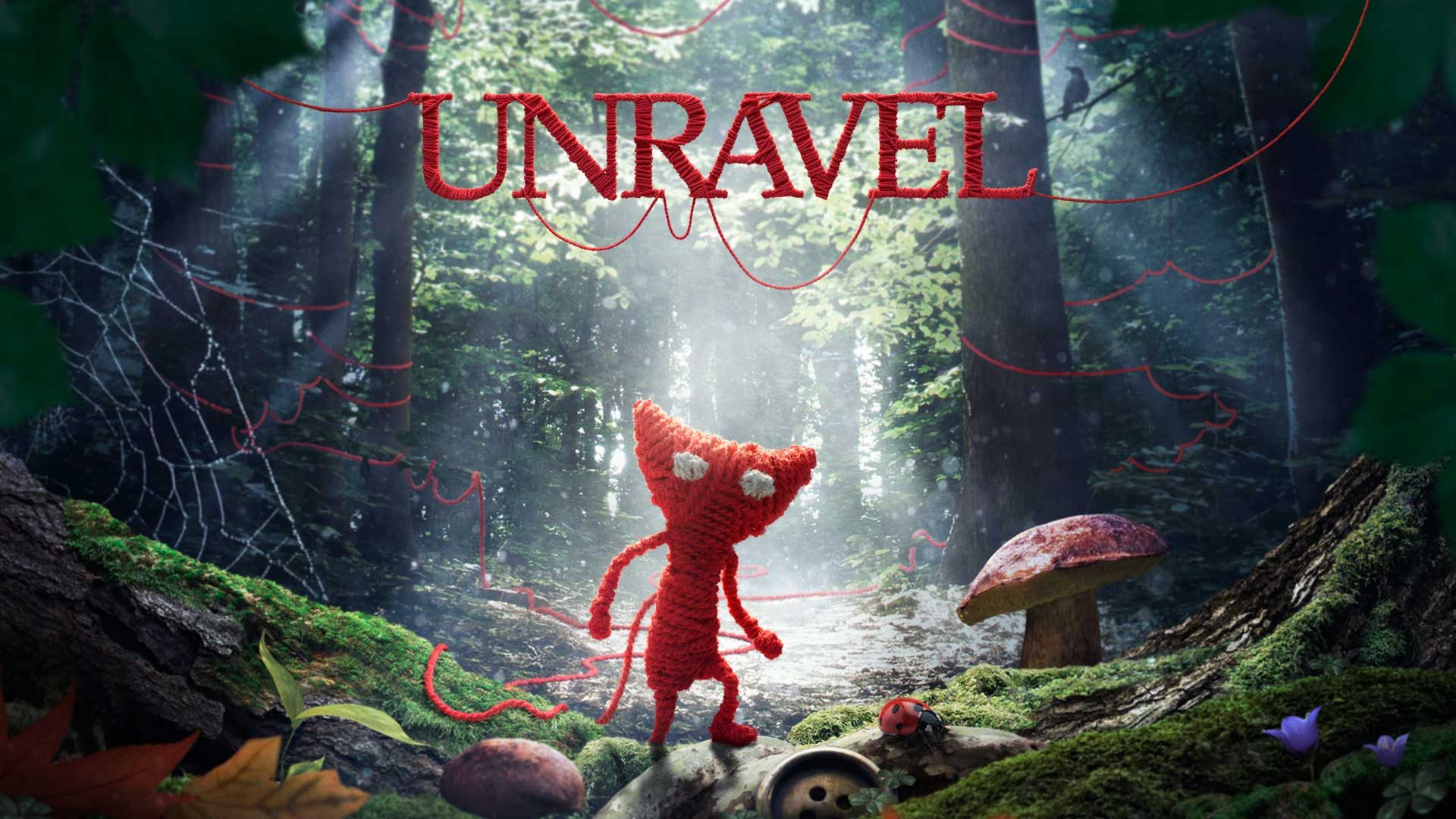
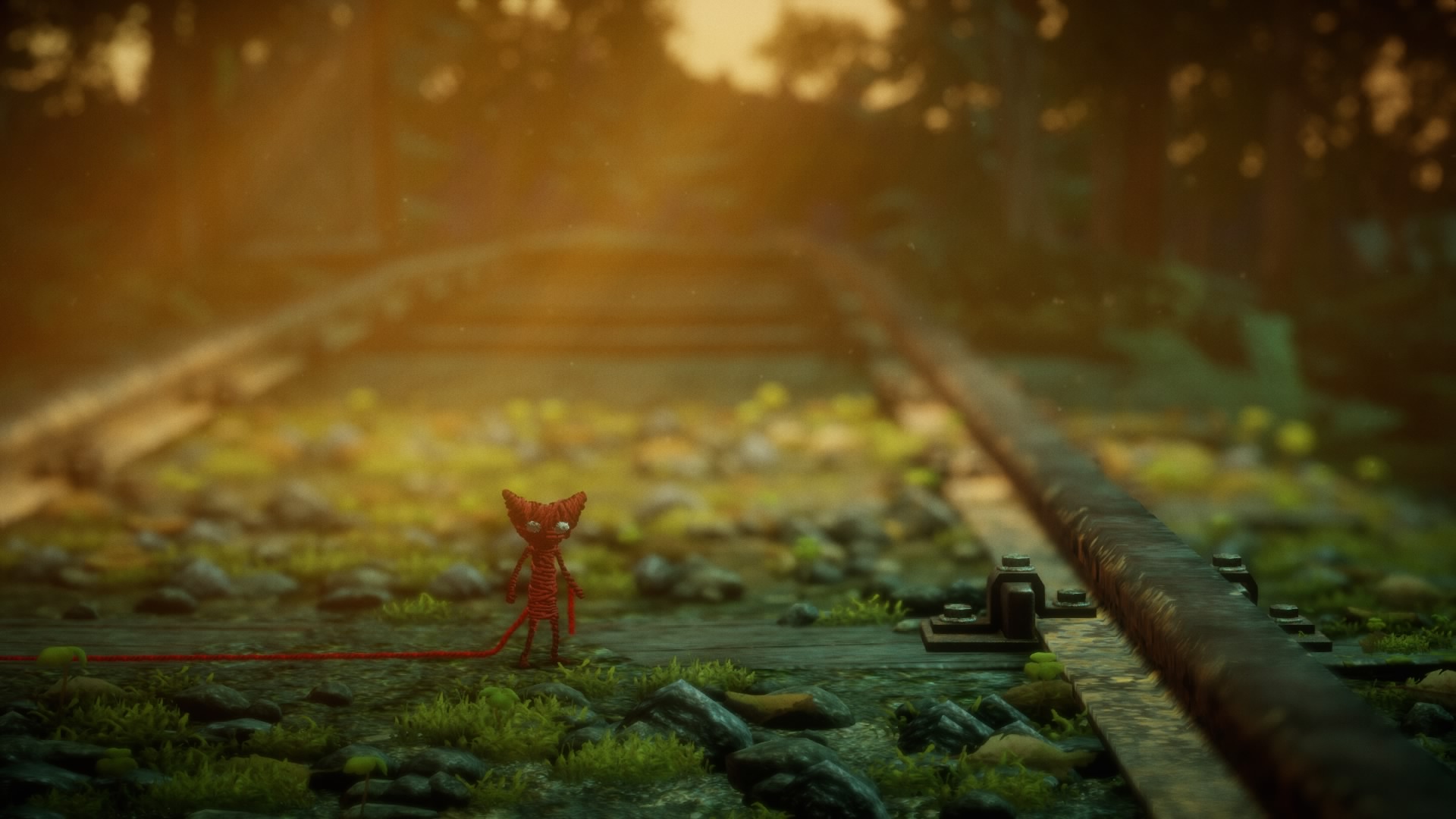
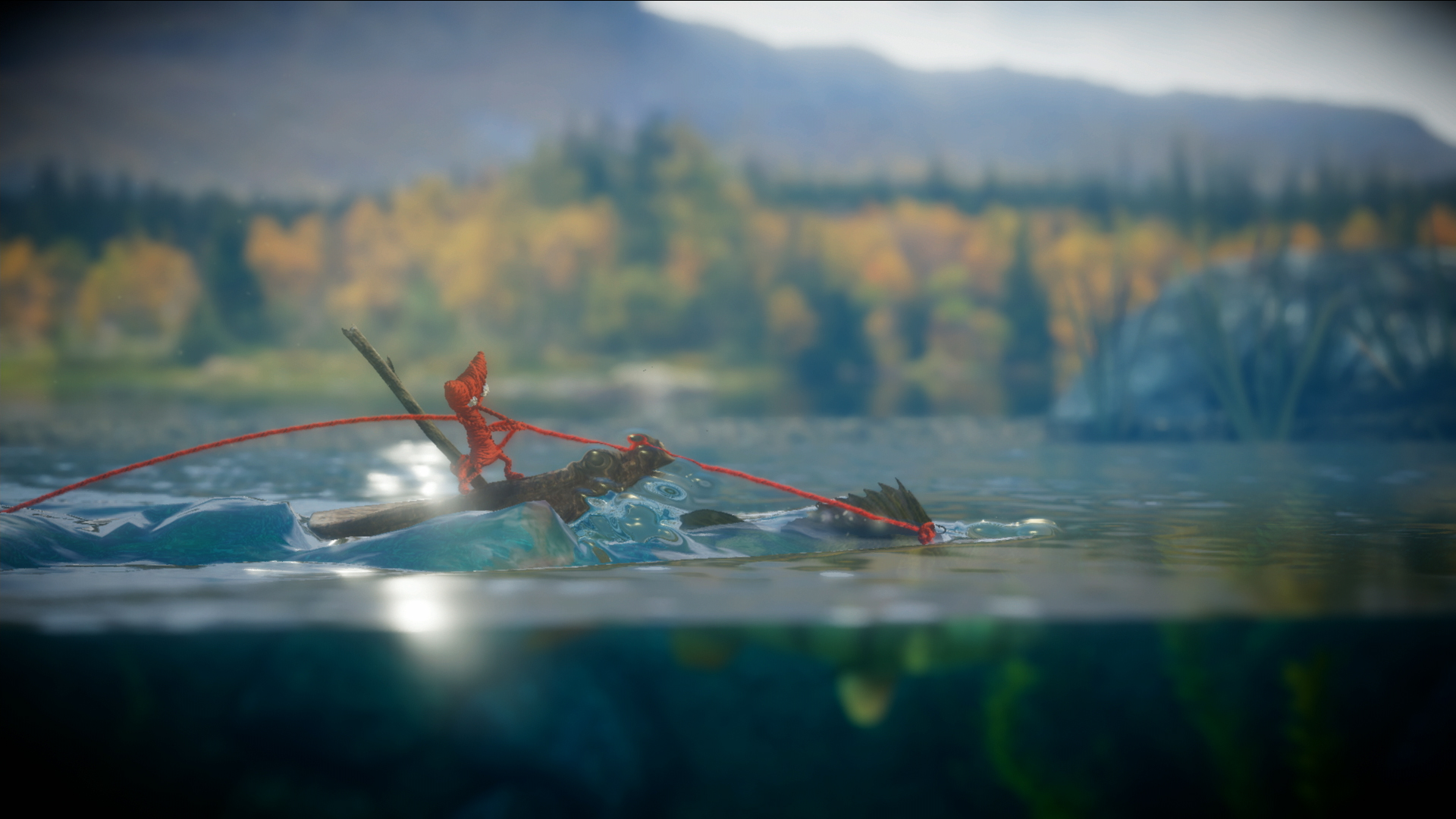
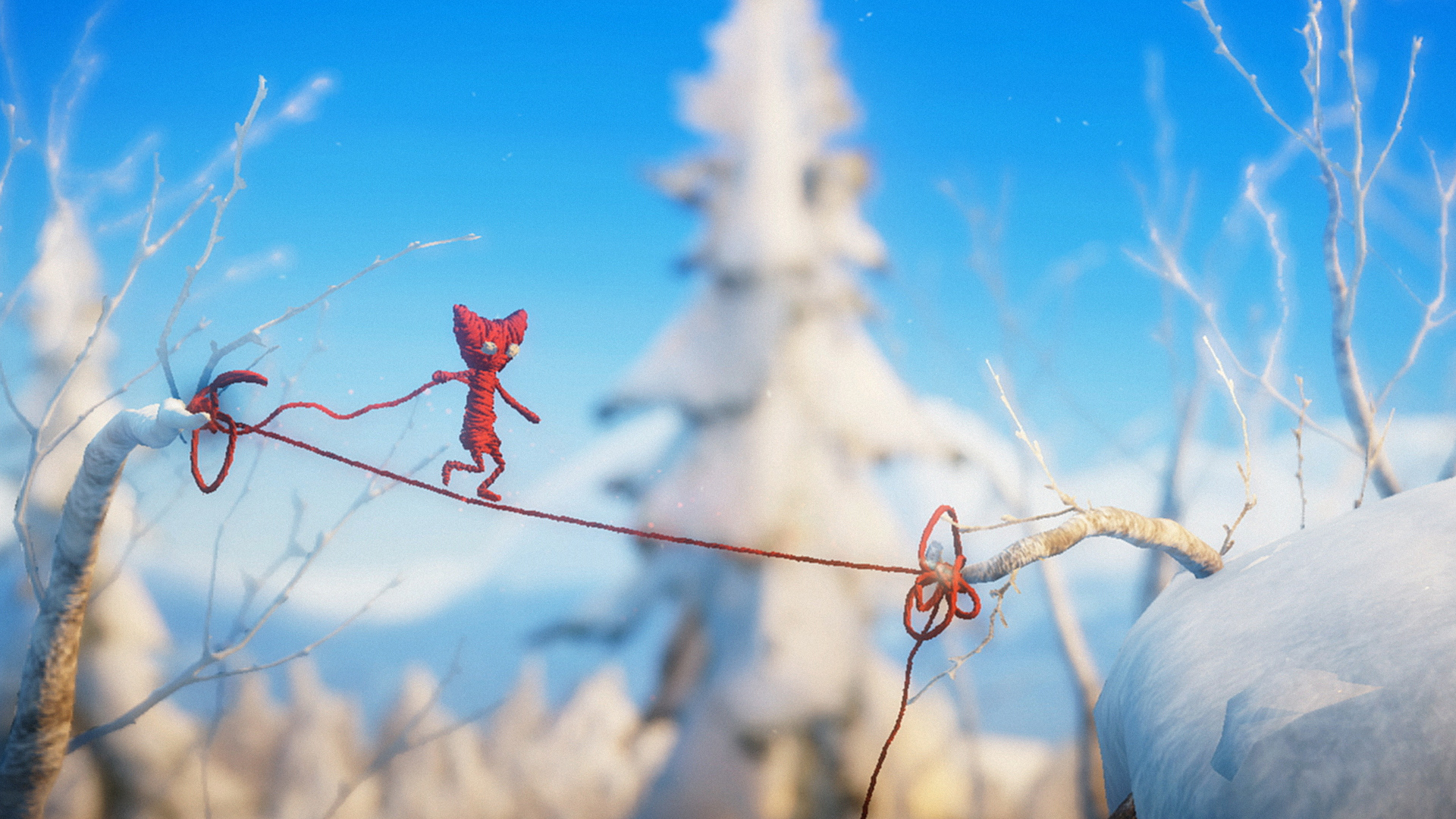
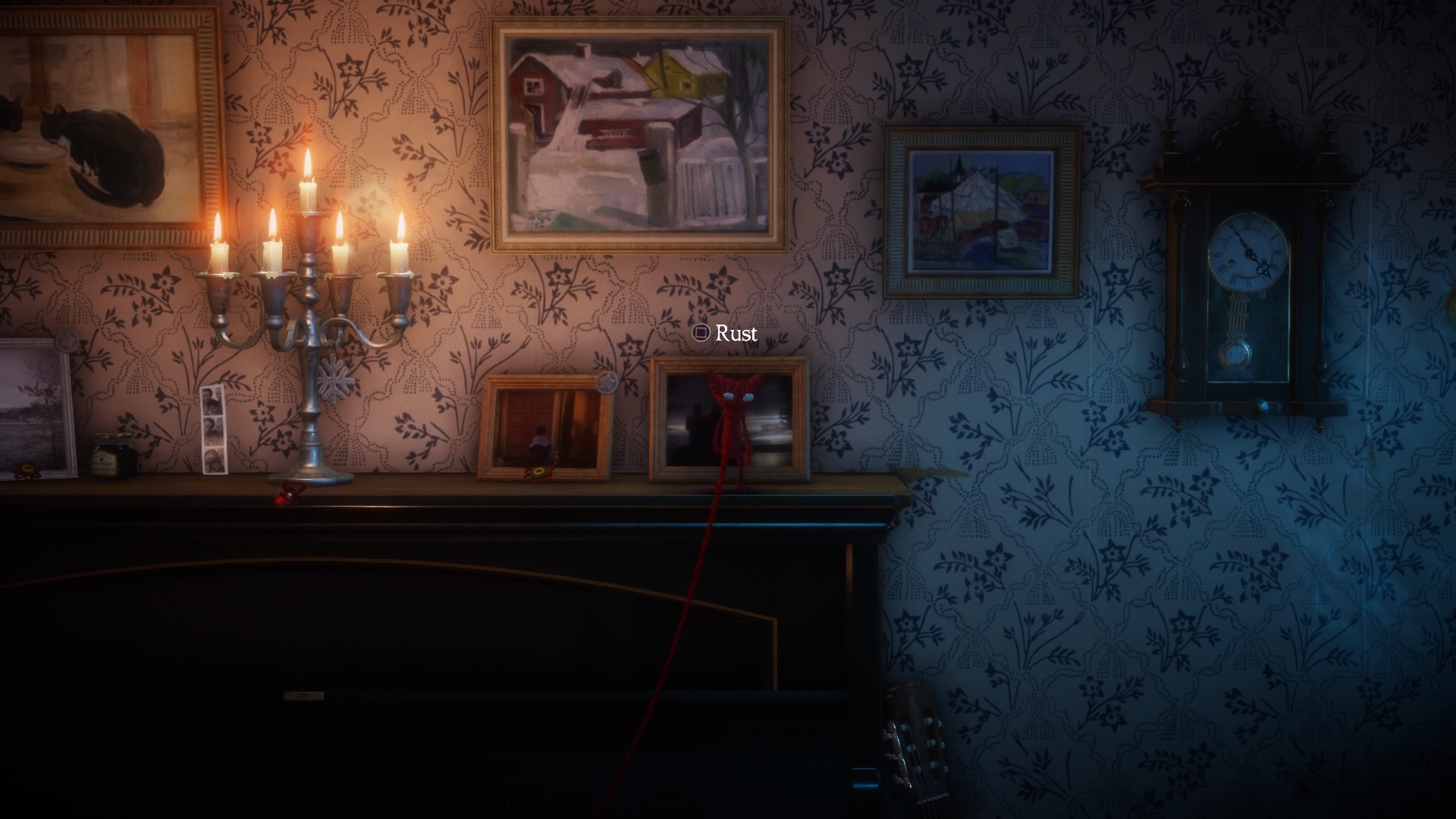
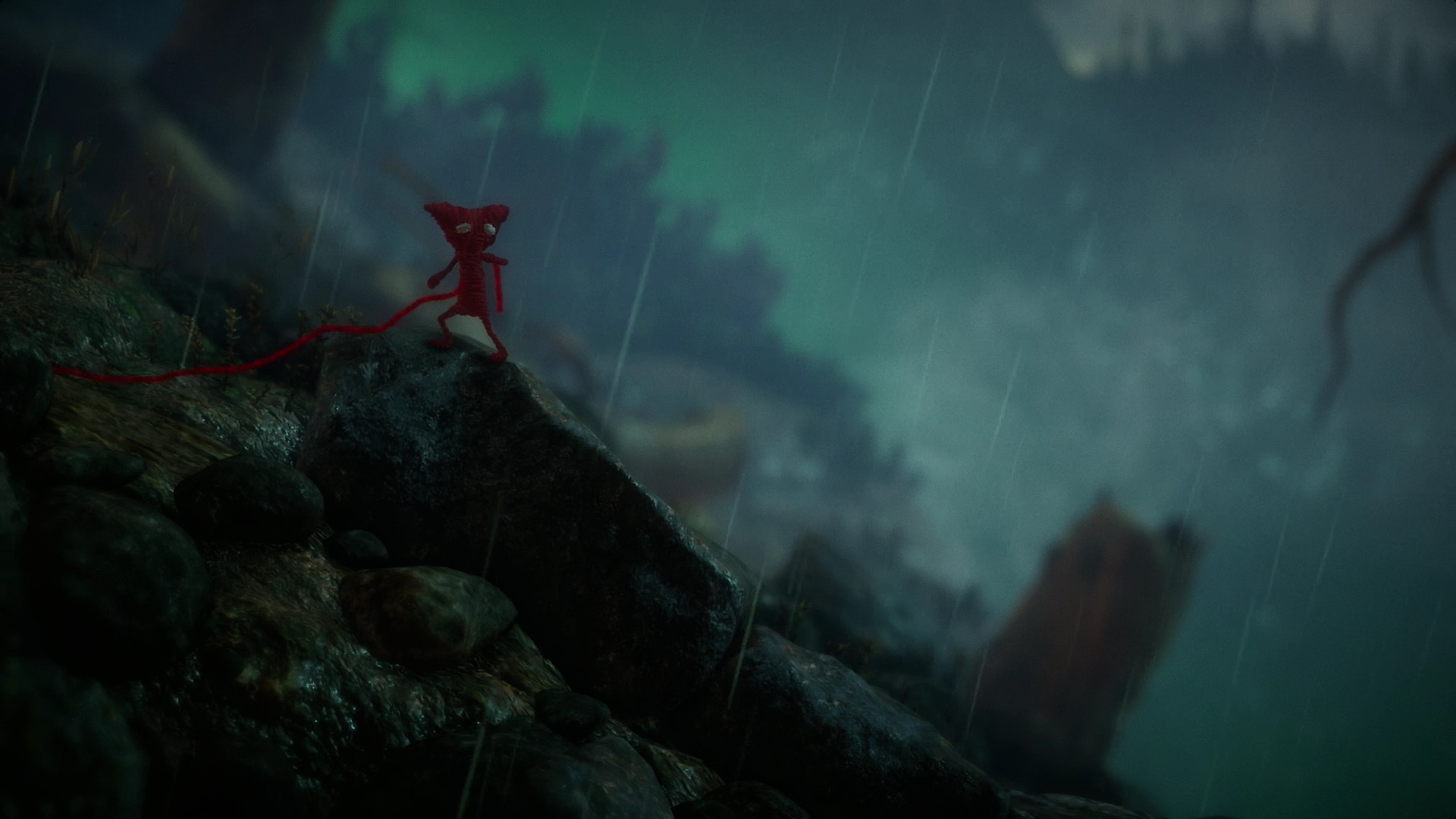





Published: Mar 18, 2016 05:27 pm